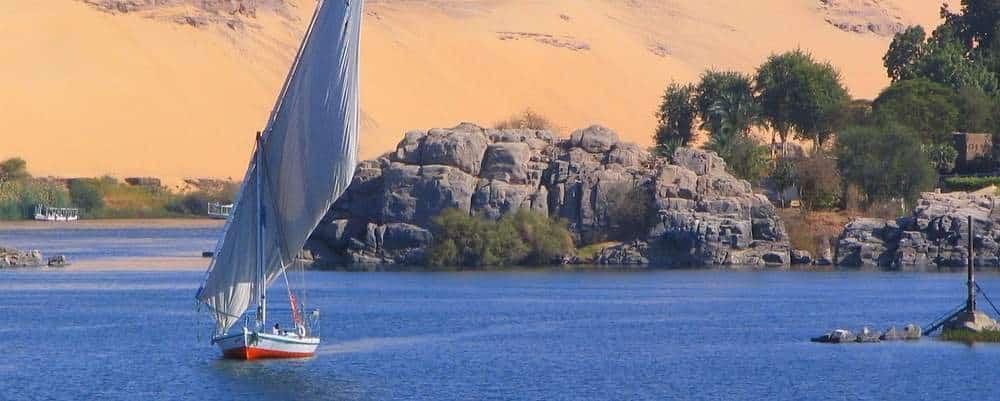Partez à la découverte de la vie au bord du Nil et des monuments qui ont donné au fleuve d’Egypte une image associée à jamais aux pharaons. Entre Le Caire, Assouan ou Louxor, les découvertes sont nombreuses le long du Nil Blanc et du Nil Bleu. Suivez des Instagramers de talent au fil de l’eau !
Pour un voyage en Egypte le long du Nil, voici quelques étapes inspirantes :
- Les Temples d’Abou Simbel
- L’île Eléphantine et le barrage d’Assouan
- Le temple d’Horus à Edfou
- Le complexe funéraire de Deir El Bahari face à Louxor
- Le temple de Karnak à Louxor
- Le temple de Sobek à Kom Ombo
- … sans oublier la fabuleuse ville du Caire où coule le Nil !
https://www.instagram.com/p/BZ0yEMsBrEu/
https://www.instagram.com/p/BZa98oinVht
https://www.instagram.com/p/BZ0QZfnHQtO
https://www.instagram.com/p/BZ3QjbWhOeJ/
https://www.instagram.com/p/BYmFYyVBY5f/
https://www.instagram.com/p/BZiJQ5EFloj/
https://www.instagram.com/p/BEEABLTMJK8/
https://www.instagram.com/p/BZ8LnKVgpKJ/
https://www.instagram.com/p/BZzXcLOhIL4/
https://www.instagram.com/p/BZMXo0inW51/

